Opinion
By Mukwaba Katende
A review of Uganda Bureau Of Statistics from recent population census shows that there is a steady increase in population size over the years. The total population of Uganda was 45,905,417 persons in 2024, an increase of 11,270,767 persons from 34,634,650 persons registered in 2014. The population density was 190 persons per square kilometre in 2024.
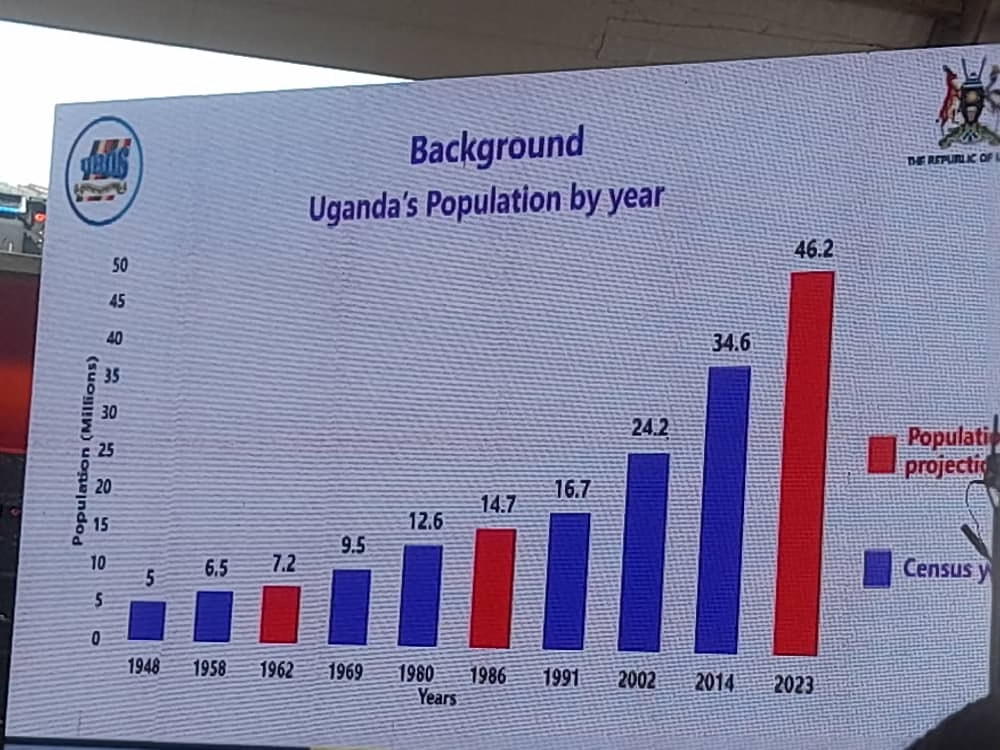
Despite progress made by Government to address land-related legislative issues, the land sector in Uganda faces several challenges that include insecurity of tenure, overlapping and conflicting land rights, and glaring inequity in access to and ownership of land, the possibility of increasing conflict is largely driven by competition for influence and power which comes with demonstrated control over land matters such as ownership, allocation and access especially as regards overlapping land rights.
Rapid population growth, combined with either limited opportunities for non-agricultural employment or, in other areas, increasing non-agricultural demand for land, is a key factor that causes land values to appreciate, resulting in higher competition for a limited or decreasing amount of land available.
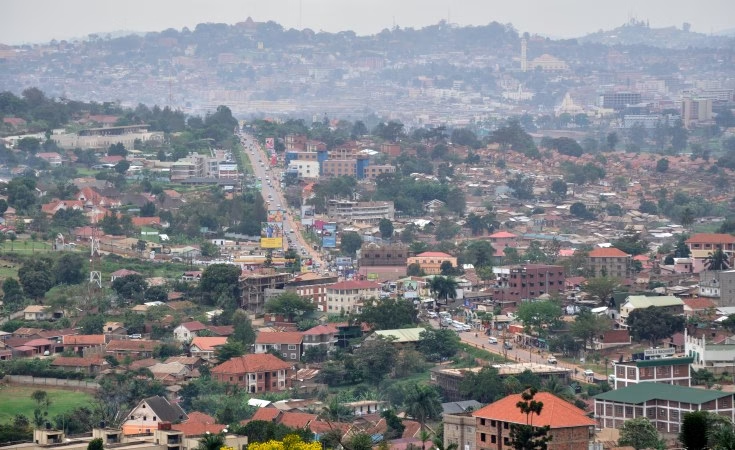
This is the major driver for conflicts across generations or ethnic groups as most of the land conflicts are in highly populated areas.
Land disputes are evidence of pressure point in land use localities in which competition over resource use increases, in which old rules (on mailo and other registered tenures) and norms (customary) are no longer sufficient to sustain orderly use and co-existence of land users and owners.
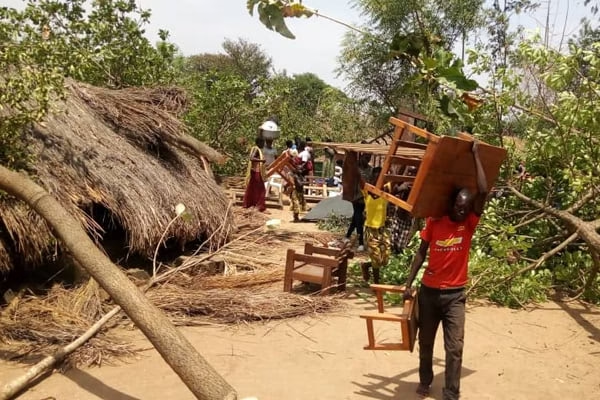
In other words, tensions over use of land and other resources have the potential to grow into bigger and societal level (ethnic or religious) conflicts if not responded to on time.
Inequitable distribution of resources where powerful groups marginalize the weak could in particular be a source of grievance and conflict , where property rights are not responsive to scarcity of resources in a way that allows equitable access, efficient use and security of tenure.

Almost, all Government interventions that have aimed to reduce land conflict in the past, do not seem to have been effective. In reality this is not helped by the elimination of the institutions that had traditionally dealt with conflict without establishing new ones to take their place, thus leaving a vacuum, which has fuelled the overall incidence of conflict.

In addition, questions about land conflicts at the national level must be framed within the context of unresolved political and cultural tensions.
Starting with the award of huge land areas to absentee landlords by the British in 1900 under freehold (mailo) tenure and the co-existence of a number of tenure systems, has created considerable scope for overlapping rights to the same piece of land.
The 1975 nationalization of land under Idi Amin added to this complexity, although it was overturned by the 1995 Constitution.

In other cases, attempted reforms have increased conflict by applying simplistic legal categories of ‘owner’ and ‘user’ to complex and fluctuating interrelationships especially on mailo tenure.
For example the 1998 Land Act prescription for the issue of the certificate of occupancy, by which the lawful or bonafide occupant is able to demonstrate legal habitation and becomes a statutory tenant of the registered owner, has been extensively contested breeding conflict.
The inclusion in the 1995 Constitution and the 1998 Land Act of four types of land ownership has meant at times an acknowledgment of overlapping rights to the same piece of land, and granting occupancy rights to land in perpetuity to both registered landowners and tenants.
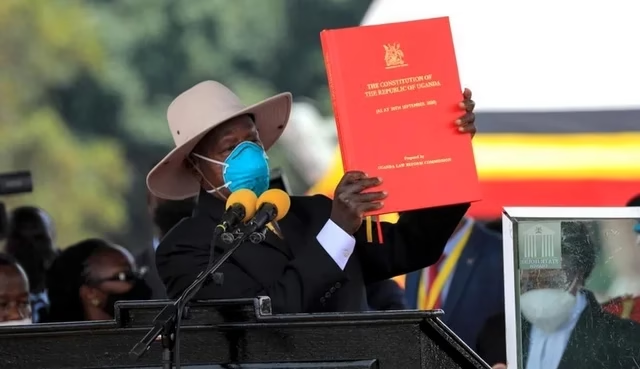
It is clear that the occurrence of disputes on land is not a new happening but it is heightened phenomenon because of a changed environment in which capacities for response and containment both informally and formally is weakened or dysfunctional.
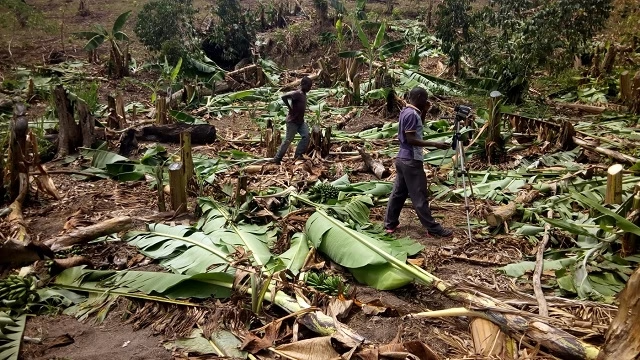
By 2050, Uganda’s population is expected to reach 120 million, this relatively high level of population growth has led to increased land scarcity and it is also characterised by considerable regional diversity.
Rapid population growth, combined with either limited opportunities for non-agricultural employment or, in other areas, increasing non-agricultural demand for land, is a key factor that causes land values to appreciate, resulting in higher competition for a limited or decreasing amount of land available.

This is the major driver for conflicts across generations or ethnic groups as most of the land conflicts are in highly populated areas, a population policy might also be a key element in averting an escalation of land conflicts in Uganda, especially those related to inheritance. Population growth can be contained through family planning, cultural and legal measures.

Legal measures include abolishing of early marriage by setting a higher marriage age of first marriage for all kinds of marriages and legalization of abortion for unwanted pregnancies.
Written by Mukwaba Katende:
The writer is the Head of Operations at Mediation Concept Avenue, a neutral private organization knowledgeable and skilled in assisting people in communities involved in land conflicts to negotiate and come to an agreement.



